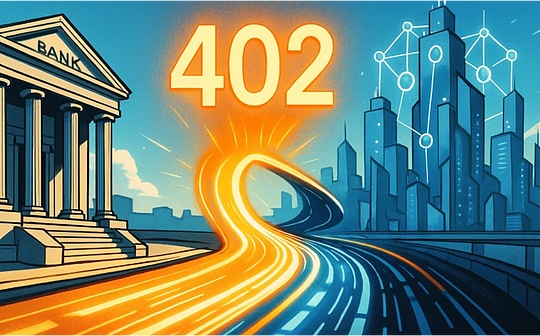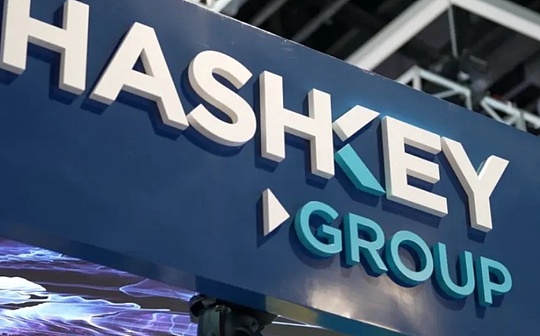
Author: Lorenzo Protocol Source: Medium Translation: Shan Ouba, Bit Chain Vision
In the cryptocurrency network based on equity proof (POS), those who are willing to mortgage their assets and participate in block verification will receive investment returns.When everything runs smoothly, this can be a way for cryptocurrency users to easily earn predictable annual returns and passive income.
However, there are no free money in the world.Like all elements in the encryption industry, pledge also brings various risks.
A key area appears in the form of cutting.Reducing is a key security mechanism in the POS system to prevent pledges from abusing power on these networks, but it will also bother those who do not fully know how to correct their tokens at all.
This comprehensive guide will help you fully understand how pledge reduction and how to avoid pledge reduction in the rapidly developing Bitcoin DEFI field.Let’s take a closer look.
What is cutting?
Reducing is a security mechanism used in the POS cryptocurrency network that prevents and punish bad behaviors of authenticants on the network.Verifications are nodes responsible for creating new blocks on the Internet, similar to the workload certificate (POW) miners in Bitcoin.
These verifiedrs must provide a certain amount of cryptocurrency as a mortgage to obtain the right to participate in the creation of the block, and the mortgage can be detained if the verified that the verified that the authentication does not act or negligence in the optimal interest of the Internet.The seizure of this mortgage is called cutting.
Causes that may be reduced
Each POS cryptocurrency network has its own set of standards.However, the common reasons that may be reduced are the following:
-
The verifications have signed multiple different blocks at the same level, which may lead to the unstable network, because I do not know which piece to follow and when the transaction is completed.
-
The verification person has not participated in the consensus process for a long time.
-
The verification device refuses to contain specific, separate transactions or certain types of transactions, thereby effectively implementing a form of review.
-
Verivers regularly propose blocks that contain invalid transactions or violate some other consensus rules.
-
Verify nodes should always be kept online and the cryptocurrency network that can be used for pledge.Missing block signature opportunities or proof may cause non -activity nodes to be cut.
-
Implement appropriate private key management.Although the verification node itself should be maintained, the Bitcoin -related private keys pledged on the node should be stored in separate hardware devices to prevent hackers from using pledge to achieve their own potential evil purposes.
-
Keep node software the latest.The POS chain often moves faster than Bitcoin, and the receiving update is more frequent. Sometimes the update of these networks involves emergency errors.
-
Understand the verified POS chain and timely understand the latest news related to these systems.Although the reduction conditions between each chain are often quite similar, they will implement unique rules from time to time.If the rules are unknown, it is difficult to comply with and reduce related rules.
-
Before betting on the POS chain, please study its reliability and reputation.The relatively new and no diversified user base may provide attractive benefits; however, a higher return rate is also accompanied by additional hidden risks.After all, for a bad guy, it does not require too many resources to control a chain that does not add too many shares.
-
Select the verification service provider, such as Lorenzo, which can simplify the entire verification process and implement additional protection measures to avoid potential cutting.
It should be pointed out that different degrees of punishment can be used to punish different types of malicious or bad behaviors.For example, compared with verifications who actively try to attack the network through review or other ways, only authenticants who only take a short time offline may reduce their rights and interests.
Under emergencies, new cutting conditions can also be deployed to delete specific verifications from the consensus process.For example, the rest of the network may unite to reduce hackers, governments or other unwanted entities, and these entities can obtain too much control over the pledge process.
How to reduce Bitcoin pledge?
It should be pointed out that because Bitcoin uses POW and the relatively limited script language of the basic blockchain layer, the method of cutting Bitcoin is different from other cryptocurrency networks.Although other networks can directly implement a very simple smart contract on the blockchain to handle the pledge process, Bitcoin pledge needs to use separate protocols, such asBabylonEssenceIn addition, Bitcoin is not directly pledged. Babylon is used to protect its network -based replacement POS chain pledge for the hopes to protect its network -based liquidity.
Although the POS chain with an expression of intelligent contracts can directly implement its cutting mechanism on its chain, Babylon uses simpler Bitcoin script and external encryption certification system to process Bitcoin reduction for protecting other POS chains.
Specifically, BABYLON uses extracted one -time signatures (EOTs) to ensure that the Bitcoin private key of equity holders can be made public when signing conflict messages related to the auxiliary POS chain.Then, you can use the public key to reduce the funds to the unused Bitcoin address to reduce the Bitcoin pledged Bitcoin pledged.
Although the result is the same (the pledker lost money), the implementation of the Babylonian cross -chain Bitcoin pledge agreement is very different from the traditional POS model.
How to avoid cutting Bitcoin pledge cutting
As mentioned earlier, the main reason to cut the existence is to punish those who want to engage in malicious behaviors; however, even the vernacher who is goodwill may be punished if they do not correctly manage their nodes.
In order not to be cut when pledged Bitcoin or any other cryptocurrency, please remember the following key points:








